Money
Effective Emulation
A simple, psychological trick maximizes church giving:the evangelist knew that no person with money to give would be content with an "Amen" when a neighbor, sitting in the next pew, was acclaimed with a "Glory hallelujah!"
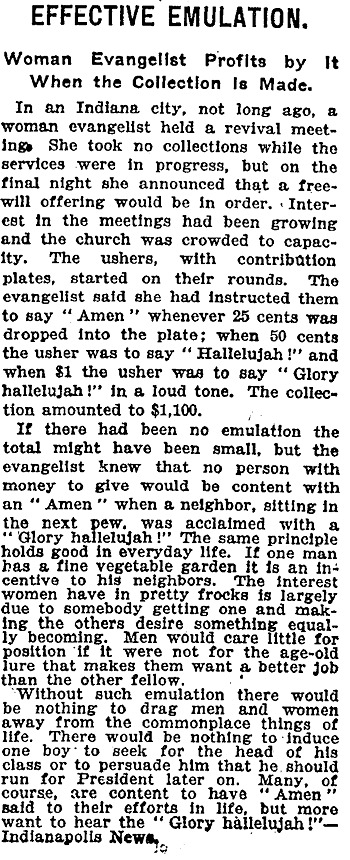
New York Times - May 18, 1919
Posted By: Alex - Wed Aug 18, 2021 -
Comments (3)
Category: Money, Religion, Psychology
Yachtley Crew
Yachtley Crew is the Nations first-class tribute to the best soft rock of the 70's and 80's also known as "yacht rock"
Their home page.
Posted By: Paul - Wed Jul 14, 2021 -
Comments (3)
Category: Money, Music, Parody
Widow wills millions to help pay U.S. debt
In 1960, the late Mrs. W.L. Clayton reportedly left $25 million in her will to the U.S. government to help pay down the national debt.The amount she left for this purpose may have been unusually large, but it turns out that leaving behind money to help pay off the national debt isn't unusual. The Associated Press reports that, every year, the U.S. government receives about $1 million in bequests to help with the national debt. And since 1961, it's received $100 million.
However, the AP also notes that all these bequests, though well-intentioned, are "pointless" and "essentially, useless". This isn't just because the amounts are like a drop in the ocean compared to the size of the national debt. It's because: "The donations are recorded on the receipts ledger of the federal government’s general fund. So, rather than actually paying down the national debt, these donations just reduce the amount of money our government will borrow."

Los Angeles Times - Jan 30, 1960
Posted By: Alex - Sat Apr 24, 2021 -
Comments (0)
Category: Government, Money
Jazzercise
The Wikipedia page.
Posted By: Paul - Sun Apr 18, 2021 -
Comments (1)
Category: Exercise and Fitness, Fads, Money, Music, 1960s, 1980s
Your Money Or Your Kid!
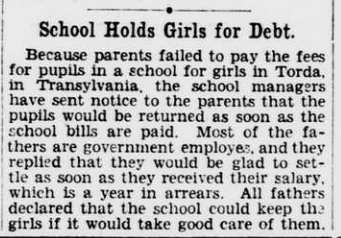
Source.
Posted By: Paul - Sun Dec 27, 2020 -
Comments (6)
Category: Education, Money, 1930s, Europe
Midget Coins
1935: The U.S. Treasury considered introducing a "midget coin" that would be worth one-tenth of a cent. It would have been called the "mill". The idea was that people could use it to pay the sales tax on small purchases. As we've seen in a previous post, the sales tax often came out to fractions of a cent. However, Congress nixed the idea.The only businesses that continue to charge tenths of a cent are gas stations. And apparently they began doing that back in the '30s because of the fractional sales tax.
More info: Wikipedia

Baltimore Evening Sun - Aug 7, 1935

Fort Worth Star Telegram - Aug 2, 1935
Posted By: Alex - Mon Dec 07, 2020 -
Comments (1)
Category: Money, 1930s
Strange Personal Checks


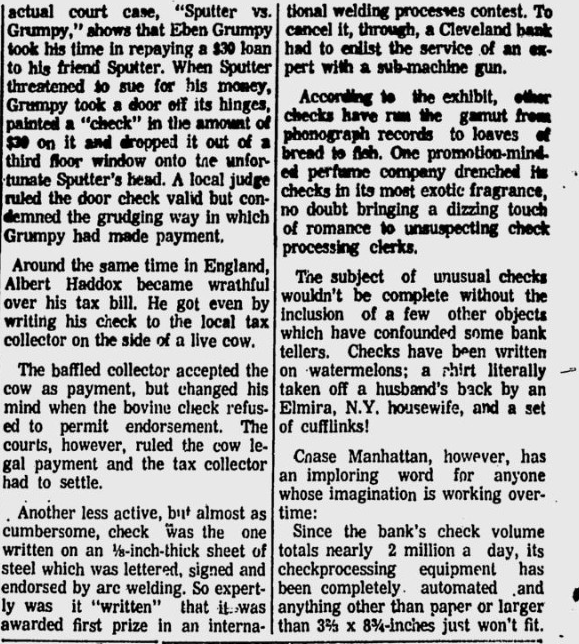
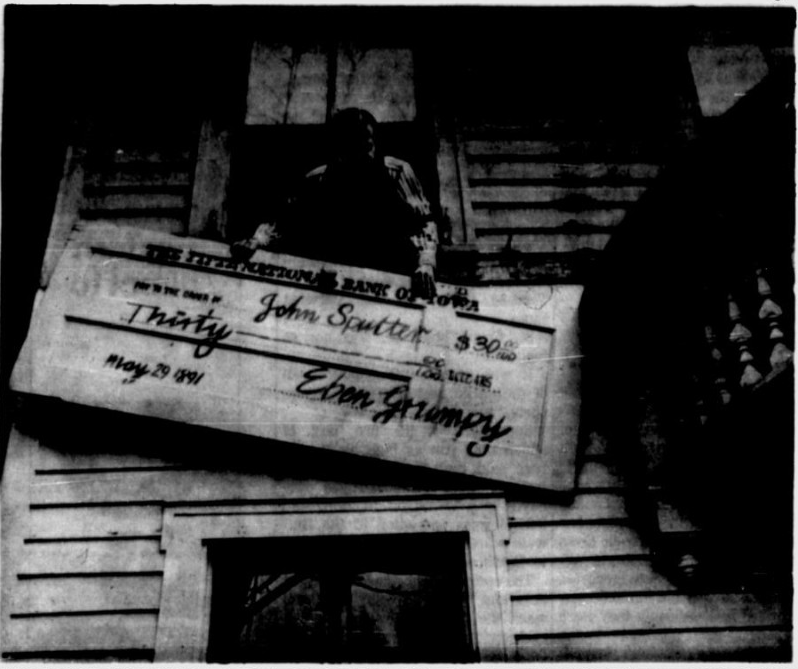
Source.
Posted By: Paul - Fri Dec 04, 2020 -
Comments (7)
Category: Animals, Eccentrics, Food, Money, Pranks and Revenge, 1960s
Doctor needs money
An unusual list of what a country doctor in 1924 was willing to accept as payment. I wonder if my doctor would accept some goose feathers and soft-shell turtles as a co-pay?
St. Louis Post-Dispatch - Mar 13, 1924
I expect a prompt settlement of all accounts due me. If not possible to settle in cash, any of the following named articles will be acceptable, viz.:
Cotton seed, chickens, ducks, geese, turkeys, billygoats, live catfish over 1 lb. each, bulldogs, registered bird dogs, skunk hides (dry), deer hides, shotguns, cedar posts, watches, gold teeth, diamonds, cream checks, pine trees (2 ft. in diameter, 30 ft. long), automobiles, new or secondhand; peanuts, black-eyed peas, Liberty Bonds, land notes, bacon, lard, country hams, clean goose feathers, soft-shell turtles over 5 lbs. each. Anything that can be sold for cash legally.
I need the money.
I have no idea what "cream checks" are. Google doesn't provide an answer.
Posted By: Alex - Tue Oct 27, 2020 -
Comments (4)
Category: Medicine, Money, 1920s
US Fractional Currency, or, Paper Coins
Fractional or postage currency has a rich history. At the beginning of the Civil War people starting hoarding coins for their precious metal content. Coins became difficult to find because of the hoarding. People started to try to use stamps instead of coins as a means of commerce. The government decided to help ease the hoarding issue by issuing “paper coins” also known as postage currency or fractional currency. Fractional currency was first issued on August 21, 1862 and they were last issued on February 15, 1876. Three cents, five cents, ten cents, twenty-five cents, and fifty cents notes were all issued. Fractional currency is physically smaller than other United States money. It also does not have a serial number.
More info here. And lots more pictorial examples.
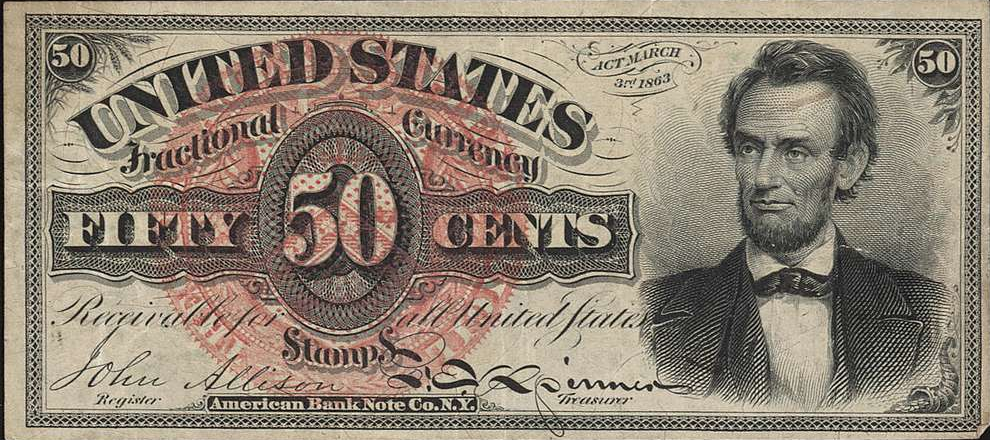
Posted By: Paul - Fri Sep 25, 2020 -
Comments (0)
Category: Money, Nineteenth Century
The rare 1943 copper penny
1943 copper pennies are among the most-sought after coins by collectors. In 2010, one of them sold for $1.7 million. Although around $200,000 seems to be what most of them fetch.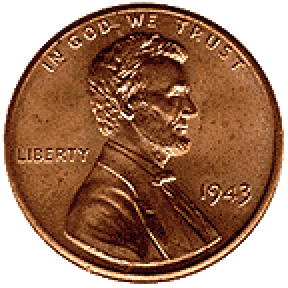
The reason for their value is that so few of them exist. In 1943, due to the war, pennies were made out of zinc-coated steel. But somehow approximately 40 copper ones were made by accident.
For several decades the US Mint denied the existence of 1943 copper pennies (see news clipping below). It wasn't until a few showed up, and were authenticated by experts, that the mint changed its tune. Now it states:
Some strange rumors have circulated about the 1943 copper pennies. Such as that if you found one the Ford motor company would give you a free car. Not true, though if you find one, you could afford to buy quite a few cars. And a few of these pennies are potentially still in circulation.
More info: definition.org
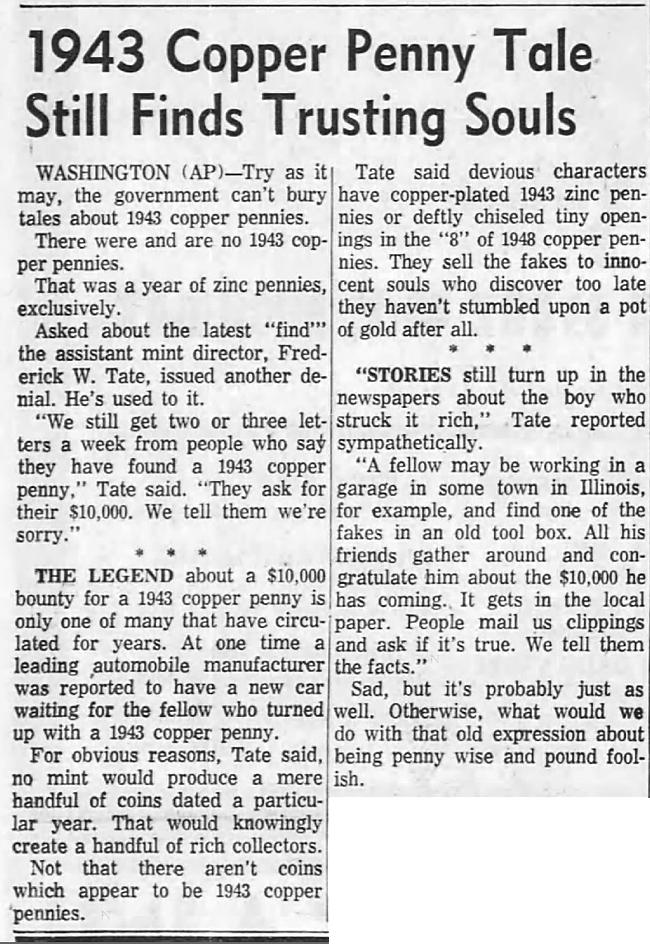
Battle Creek Enquirer - Mar 7, 1963
Posted By: Alex - Mon Jul 13, 2020 -
Comments (3)
Category: Money, Collectors, 1940s

| Who We Are |
|---|
| Alex Boese Alex is the creator and curator of the Museum of Hoaxes. He's also the author of various weird, non-fiction, science-themed books such as Elephants on Acid and Psychedelic Apes. Paul Di Filippo Paul has been paid to put weird ideas into fictional form for over thirty years, in his career as a noted science fiction writer. He has recently begun blogging on many curious topics with three fellow writers at The Inferior 4+1. Contact Us |




